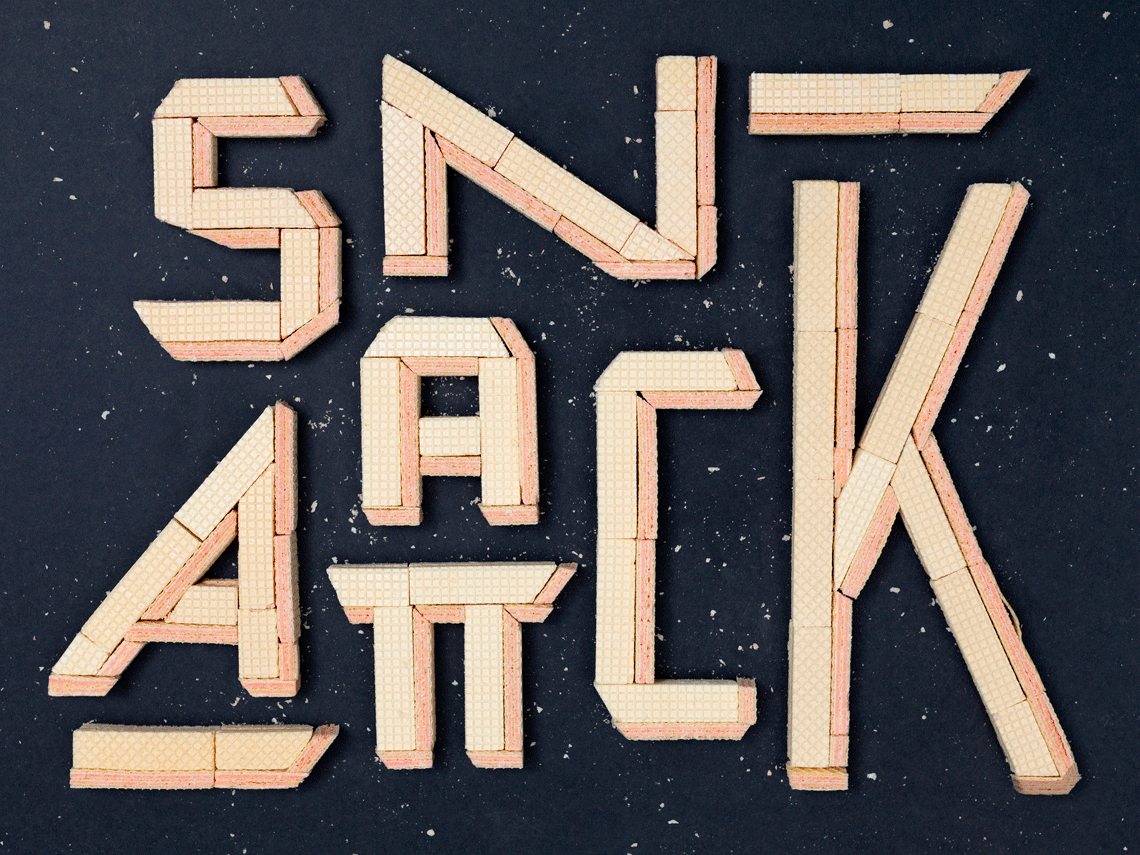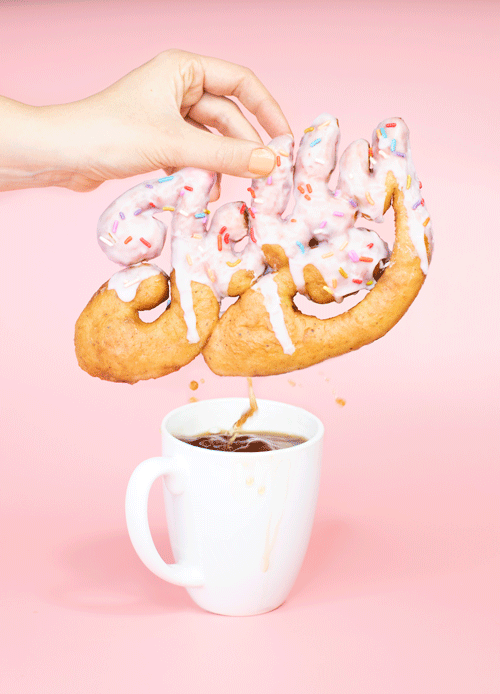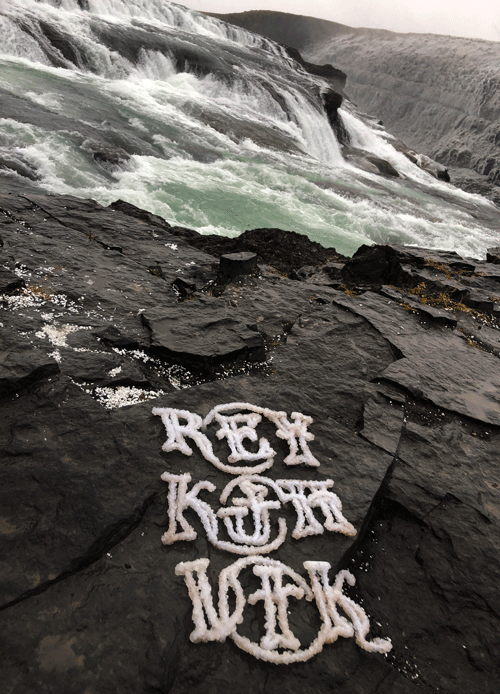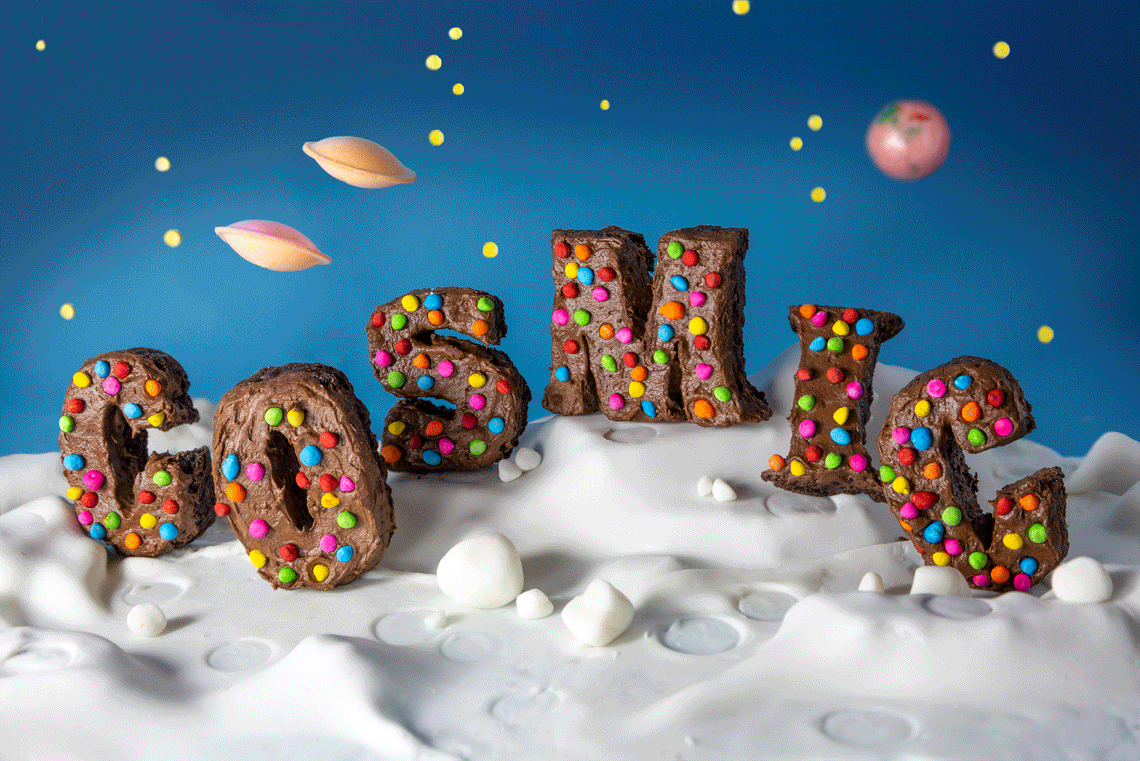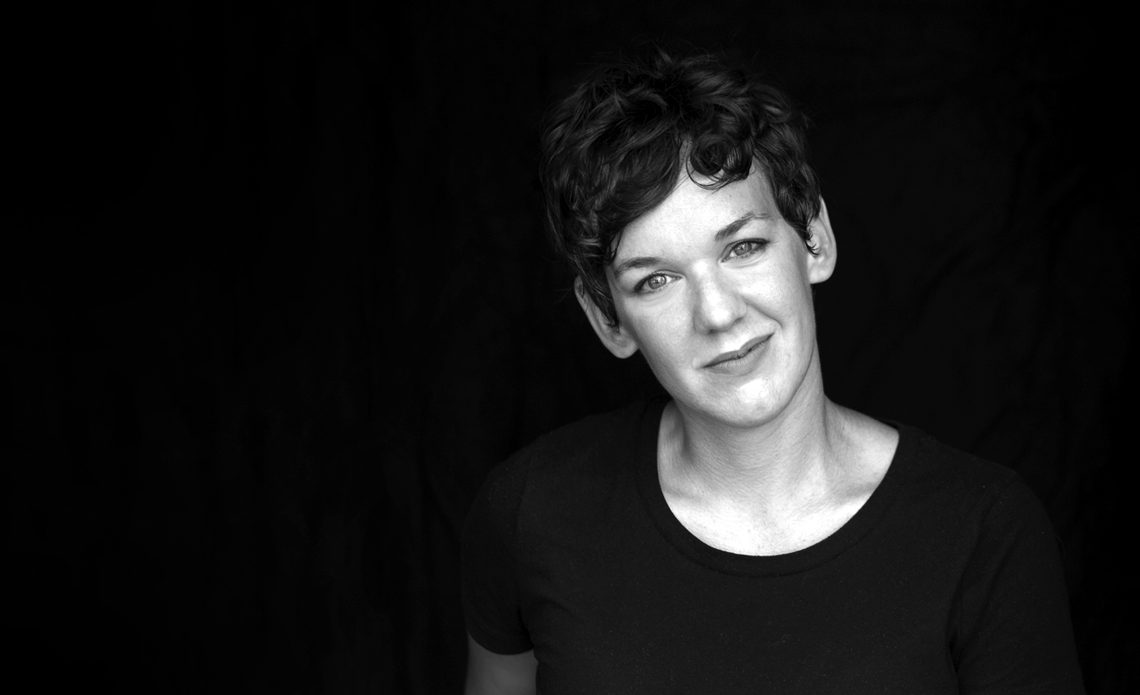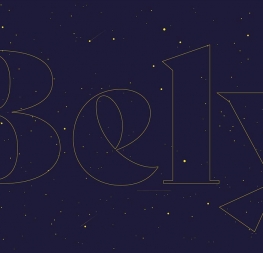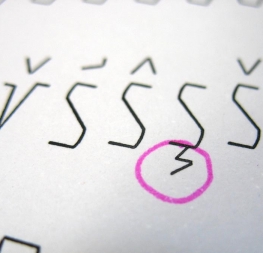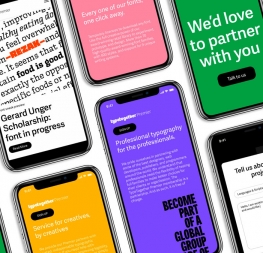TT: How do you start a project?
DDE: When I start a new project, I have to start with a feeling, which sounds counter-intuitive and not to be confused with “something cool”. Feeling, most importantly The Feeling™, is the crucial connection point for audiences everywhere. I’d like to think I’m above buying into a mood because the majority of creative work is the commercial arts, but I’m also a consumer. When a typeface, brand, or product speaks to me, I’m buying into something I don’t fully understand but perceive to be present. And strangely enough, The Feeling™ may not be the same for everyone. But it’s important nonetheless to choose what I am evoking.
In a simple sense, food typography isn’t much different from typeface design: I’m creating rich and subtle stories by using the materials, type treatment, and copy to create a setting. The end point is the same: where will it live? The difference being that typography lives everywhere. Since typography is one of the first elements of design that people encounter from a young age, type’s humanity is less obvious, especially when heritage families like Times New Roman are taken into account. One of the most delightful moments of my undergrad career was asking the question, “Who made this font I love so much?” I realized how deeply human our writing systems are, and digitizing these systems did not alter this truth. Thanks to the emerging internet, that question was easily answered.
Where we diverge is the human touch, in that the fingerprint I leave on my work is more evident to untrained eyes. As a food typographer, an onion in my hands is no longer an onion. It becomes a many-layered metaphor that compliments or contrasts the copy and the greater message. This mimics a designer’s color palette, but only slightly. Nature only gives me so many options, so ornamentation is driven by contrast — again, that’s a type designer’s concept. I often test different interpretations... slicing, dicing, and melting these items into their most interesting essence. Additional items or props are meant to ground the concept and create a rich visual stew so the viewer does the unthinkable in the digital world: linger and savor the work.
One question I’ve asked myself more during this time is, “Why is this idea helpful?” Sometimes a project is individually fulfilling. Other times it pays the bills. When possible, I inject a little more humanity into digital spaces. I show the viewer that wherever they are in the world, they are seen. Sometimes this is through languages, histories, and interests. Sometimes I speak to cultural or environmental issues. My ultimate goal is to create dignity and connection that achieves a higher good. Am I furthering humanity in a modest way? If I can look in the viewfinder and see this potential, I find the project is a success.

